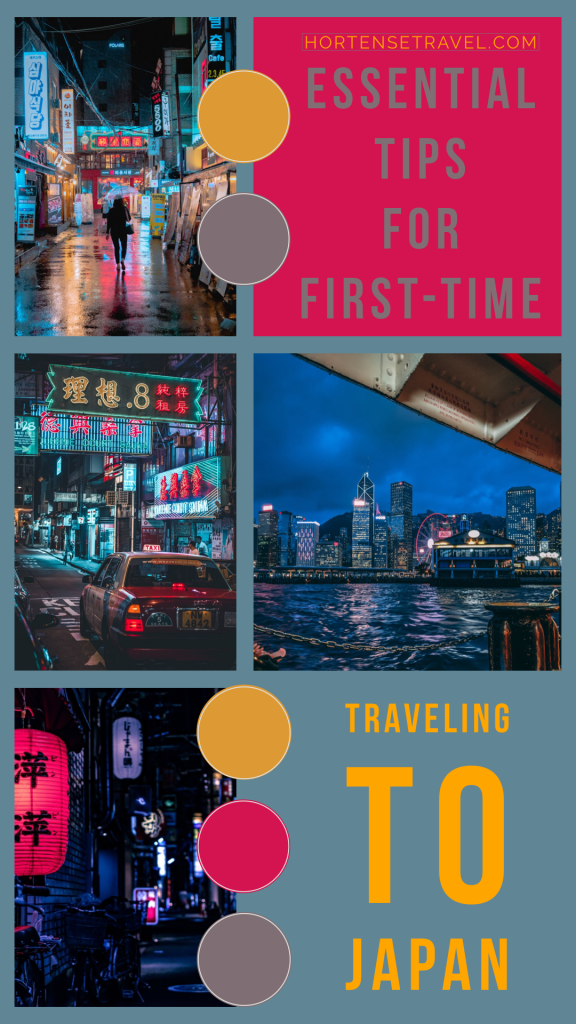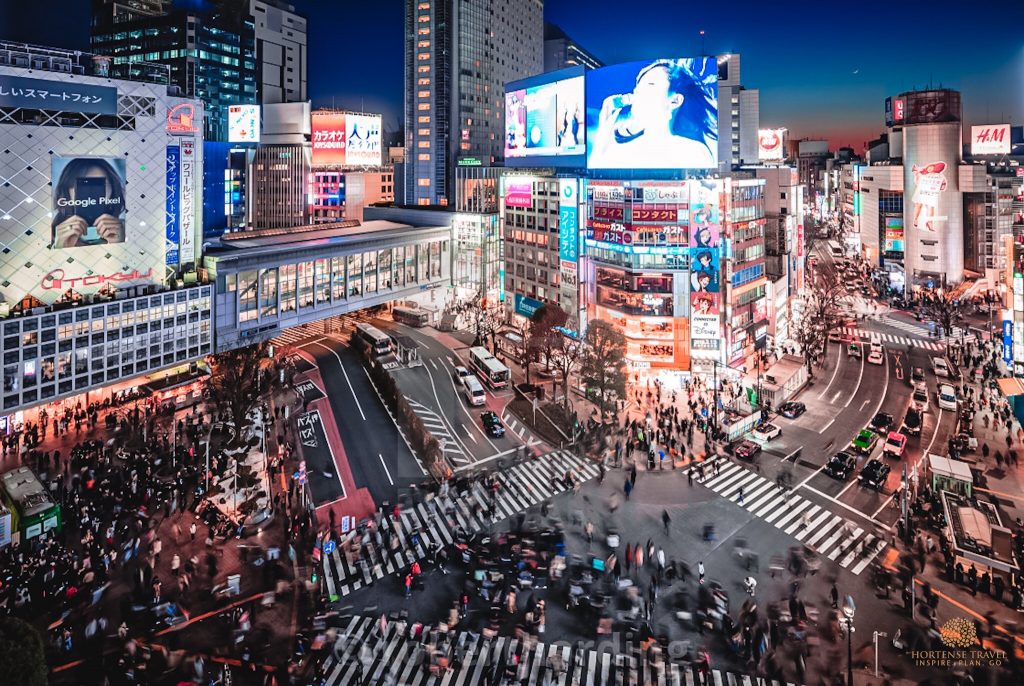
It is both exciting and intimidating traveling to countries with vastly different culture and language. Japan, for one, varies in English hosting ability from region to region. It also operates on a strict set of cultural practices and social rules that confuse even multi-trip visitors. Luckily, we’ve prepared a quick guide that highlights things to keep in mind.
Starting with general Japan travel know-how’s before digging into everyday do’s and don’ts, here are some tips to make your traveling to Japan smoother. There are also some useful Japanese phrases for basic communication.
Cities to visit for the first-timer
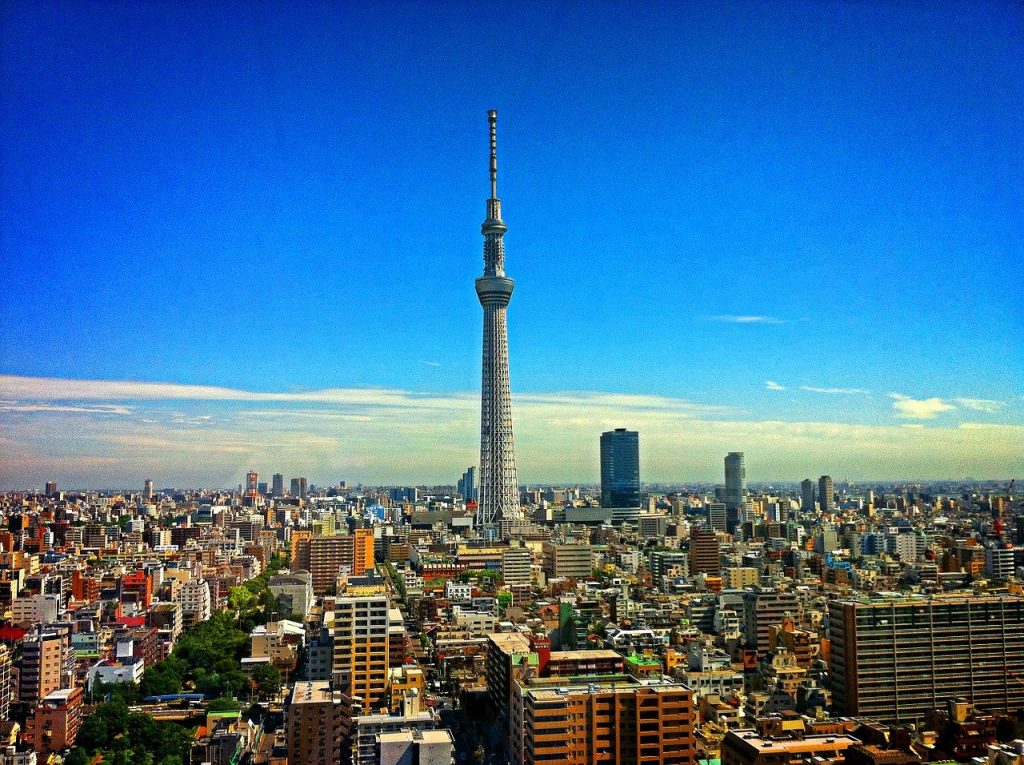
Japan is a patchwork of metropolitan cities and small towns, scattered amid mountains in a kaleidoscope of attractions. Tokyo of course, is the first choice for first-time visitors as the capital city is a sample of everything Japan has to offer – from fashion hubs to serene gardens and shrines. Osaka comes close in second place, another big city geared towards foodies. Kyoto is made for cultural treasure hunters, mired with temples, shrines and traditional quarters.
Hokkaido is the city to visit if you’re planning on winter activities; from there, you can head out to Niseko for a few days of skiing. If you like cold weather travel but prefer less athletic itineraries, Fukuoka and surrounding hot spring towns are a great alternative. To round off the season-dependent list, Okinawa’s main island is great for summer visits.
Transportation
Japan’s public transportation is extremely developed. In fact, the intricate railway and metro system within Tokyo can be confusing due to its numerous lines. If you’re the type to get flustered while navigating, it’s a good idea to plot out your routes before your trip. To reduce confusion, stick to a singular form of transportation. The railway network alone can get you anywhere you need to go.
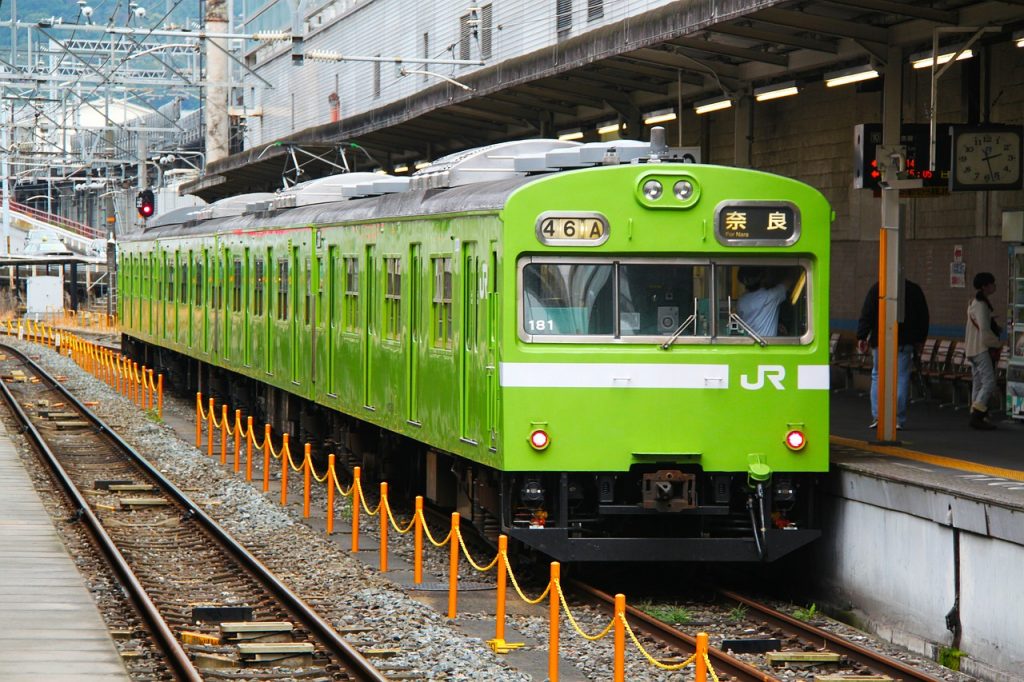
When trying to understand the railway system, know that most railways are privately owned and not government-run. This is why all the lines have different names and price ranges. Among the various railway operators is the united JR (Japan Railways) Group, which runs the country’s largest and most well-connected network.
To ensure the most efficient travels and at a reasonable budget, you should look into purchasing two things: train passes and an IC Card.
If you’re city-hopping in the span of a week to a month, consider purchasing a Japan Rail Pass, which allows unlimited travel cross-country on JR trains. The cost balances out easily – you get what you pay for with a roundtrip between Tokyo and Osaka plus a few days of ferrying around Tokyo city with the pass, opposed to shelling out for Shinkansen tickets plus individual metro fares.
Alternatively, there is the JR Seishun 18 pass, which allows unlimited travel for 5 days within a valid period. This is only available during school holiday periods (20 July to 10 Sep; 10 Dec to 10 Jan) but it can be shared between several people.
For short term stays in singular destinations, consider purchasing an IC Card. Any of the Pasmo, Suica and Icoca prepaid travel cards can be used on public transport as well as vending machines. They might not be money savers but they are definitely more efficient than lining up for tickets every train ride.
You can buy train passes through their respective websites (most require pre-trip purchasing) and IC Cards can be bought at any railway or metro station.
Pocket Wi-Fi V.S SIM Card
Internet is the name of the game; having data access when traveling makes things so much easier. Whether it is navigating with google maps, pulling up online reservations or looking up useful phrases, we bank on having constant internet access. If you don’t have a global phone plan, do consider getting either a pocket Wi-Fi or SIM card for Japan because public Wi-Fi is surprisingly scarce.
We recommend pocket Wi-Fi for those traveling in groups as a number of devices can be connected at one time. They also provide good coverage in urban areas and have larger band-with allowance. However, they require constant charging and add weight to your bags.
SIM cards are more flexible as you can opt for a full-package phone card or data-only card. They are cheaper in the long run, with options spanning from 5-day cards to month-long unlimited data packages. These are best for solo travelers as it is one per device. Do check that your phones are SIM-unlocked and operate on 3G or 4G networks to connect to local lines.
You can pre-order both pocket Wi-Fi and SIM cards online from local phone services or travel agencies, usually with pick-up booths at the airport. You can also rent or purchase upon arrival in Japan. Below are three online serves to get you started:
Sakura mobile (under NTT Docomo Network – one of Japan’s largest 4GLTE providers)
KLook (offers travel deals and partnered with local networks)

Cash V.S Card
Chances are, Japan’s reputation as a modern and developed country has given you the impression that they use only the most advanced technology. When it comes to payment and money matters however, Japan still very much prefers cash. Shopping malls, restaurants, and boutiques do take card, especially if you’re in big cities. Smaller shops and family-run restaurants, however, may be cash-only; other low-cost attractions such as gardens and historical sites take small change. In the case of self-servicing establishments such as restaurants with ticketing machines, you’ll have to use cash.
We recommend always having cash on you and to use that for majority of your purchases. It’s also a way to keep track of your budget and keep you from overspending.
Bowing
Bowing is an instinctive practice that has been drilled into every Japanese person. Don’t worry about knowing all the rules! Simply keep in mind that a nod of the head or a shallow bow goes a long way when saying thank you to someone. It is also a polite gesture when saying “excuse me”, or when you’re meeting someone for the first time.
Onsen etiquette
You should definitely drop by a public bathhouse or experience the onsen at a traditional inn – it’s a requisite cultural to-do. Keep these rules in mind and you’ll have a great time:
– Take a shower before getting into the baths. Once you’ve stored your things in provided lockers and enter the bathing area, you’ll see showerheads and their respective amenities lined up along the walls. You’re required to wash off the day’s grime before stepping into the shared baths.
– You can take a small towel with you into the bathing area but keep them out of water. You can wear them on your head or set them aside.
– Don’t run and shout for both safety and comfort reasons.
– This goes without saying, but don’t take photos inside these private spaces.
– People with tattoos are generally not allowed inside these establishments due to its strong yakuza connotations. Nowadays, public baths allow visitors with smaller tattoos to cover up with band-aids; if you wear an entire sleeve however, you probably won’t be allowed in.
Most onsens come with a cartoon guide detailing the steps. If you have any doubt, make sure to ask the front desk when you sign in. You can round off your relaxing soak with a cold carton of milk after.
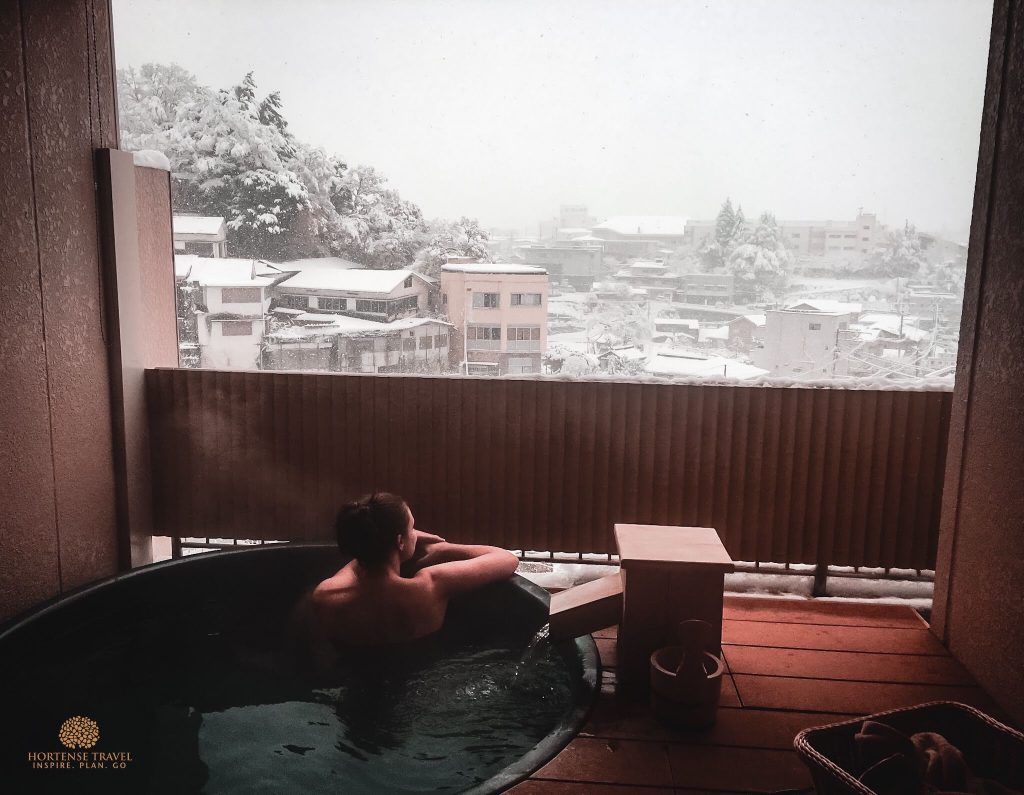
Dining etiquette
You can bet that if there are rules regarding bathhouses, there are rules for eating too. Nothing major, but good to keep in mind:
– Say itadakimasu before digging in; it means “I will receive” and a show of gratefulness.
– If you’re dining with Japanese friends, pour drinks for them in order of seniority.
– Don’t play around with chopsticks and avoid stacking them upright in rice as it calls up the image of funeral incense.
– If you have a bad case of runny nose, excuse yourself to the toilet or turn around and discreetly wipe your nose. It’s considered rude to blow your nose in public.
– If you’re dining at a traditionally styled restaurant with tatami mats, you’ll most likely be required to put away your shoes. Consider wearing socks (without holes in them) or risk scrutiny!
– Slurping is actually encouraged because it shows your enjoyment.
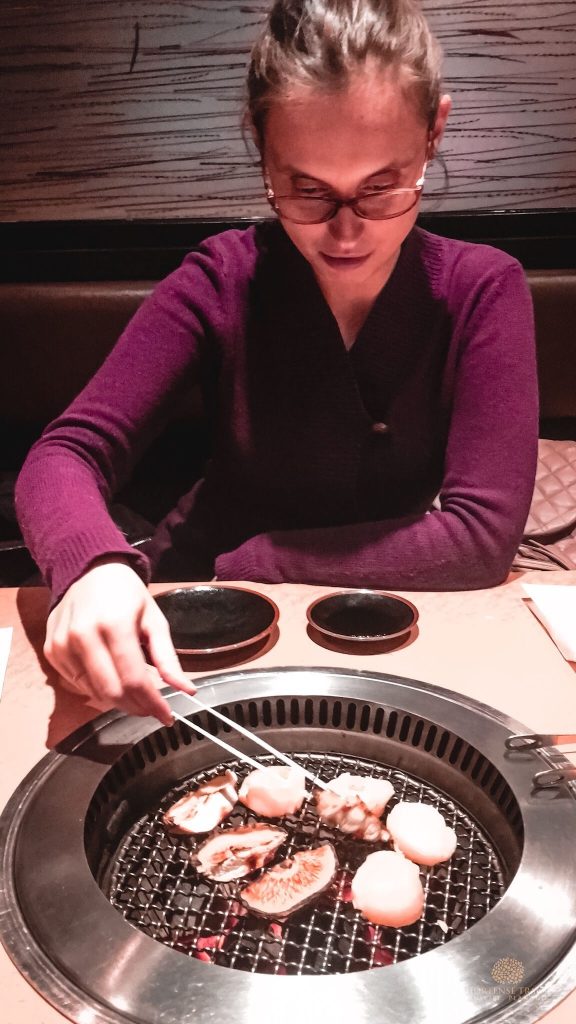
Visiting temples and shrines
Japan isn’t a particularly religious country, although it has deep ties to Buddhism and Shintoism. Most Japanese people, even those who aren’t deep believers, practice certain rites and traditions that now hold more cultural connotations than religious meaning. Still, an abundance of temples and shrines are scattered over the country.
Regardless of your personal religious affiliation, temples and shrines are sacred places that we should all respect. Take care to dress appropriately and abide by the rules, which include avoiding restricted areas, loud disruptions and taking pictures of certain set-ups.
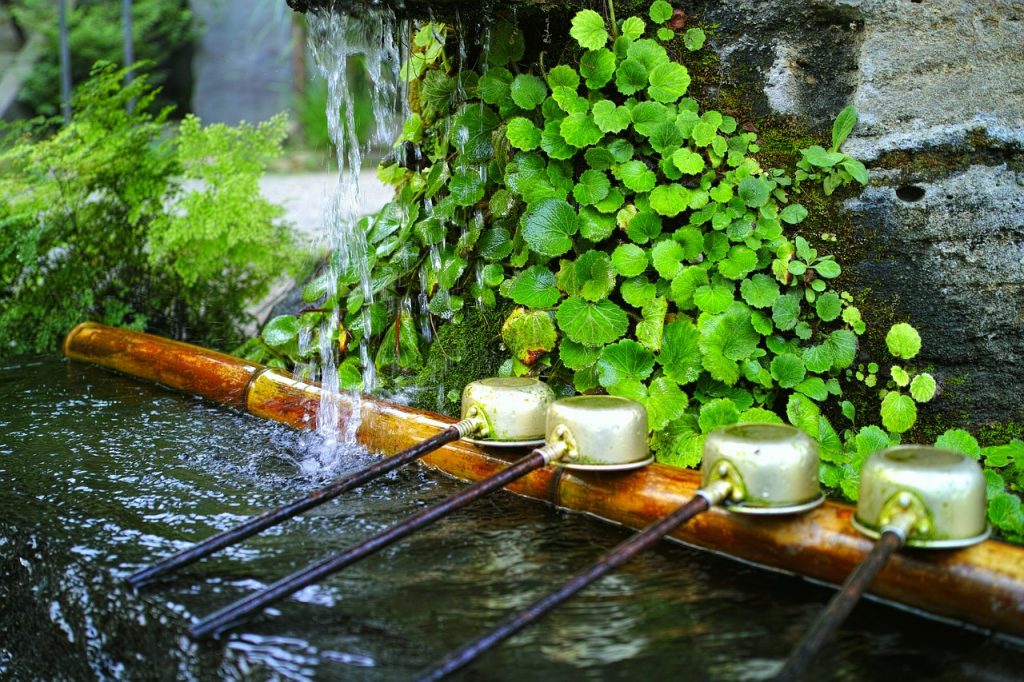
You can also observe a simple cleansing ritual before entering the shrine gate. Look for a stone water basin with running water and ladles. Pour water over each hand then rinse out the mouth with a palm-full of water. Don’t spit into the basin; aim at the ground. Cleanse the ladle with another scoop of water and voila! You can now step foot inside the domain.
You may want to try your hand at picking a fortune too. Head over to the fortune stations and pick up a wooden box; inside are sticks with numbers or letters inscribed. Shake out a stick and look for the drawer/box with the corresponding number or symbol to find your fortune. If it’s a good one, make sure to keep it with you. If you reap a bad fortune, seek out the metal racks where other bad fortunes are knotted and leave it behind; the priests will bless them for you.
To ensure only good news, consider picking up a protection charm from the shrine maidens. There are charms with different focal points, such as ones praying for good health, excellent grades, success in career or love.
Smoking policy
Unfortunately for the health-conscious, Japan has lax laws on smoking. While there are smoking rooms and designated smoking areas, the only spaces that ban smoking are schools, hospitals, governmental offices; restaurants operate on a case-by-case scenario.
That said, it isn’t too hard to avoid smoke heavy places. If you have strong opinions against smoking, simply check with any restaurants or establishments on their smoking policy before entering.
General Do’s and Don’ts
– No cellphones on trains
The last thing you want when crammed alongside tired commuters is someone talking loudly in your ear. You’ll notice that while many people use their phones on trains and buses, they never speak on them. Don’t take any calls until you’re off the train; if absolutely necessary, there are cellphone-use specific train cars.
– No walking and eating
Work with the cities to keep the streets clean. Don’t walk and eat at the same time to keep mess at a minimum. If you bought food at a food stall, stick around and hand the rubbish back to the vendor when you’re done; they’ll dispose of it.
– No rubbish bins around
For a country as clean as Japan, there’s a startling lack of rubbish bins on the streets. This is to discourage people from disposing of rubbish just about everywhere and plays into Japan’s recycling scheme as well. Don’t randomly dispose of your trash! Keep it with you until you encounter a rubbish bin, which you can find at convenience stores and public bathrooms.
– Pay attention to which side people are walking/standing on
Japan is an orderly country and that applies to which side you’re standing on the escalator. Follow by example to allow people space to walk up or down. Navigating crowded streets take on similar rules. Follow the flow of the people instead of pushing your way through in the opposite direction.
– No tipping
Tipping isn’t required in Japan! In fact, the service industry prides itself on doing their jobs well so tipping might actually come off as offensive. Play it safe and show appreciation with a simple “thank you”.
– Take your shoes off in certain spaces
Make sure to take your shoes off when asked to. Generally, it will be during house visits, restaurants with tatami flooring, religious spaces and private areas. Some bathrooms also require you to switch out your shoes for slippers to avoid tracking in the dirt where it should be clean.
– Don’t PDA
Japan is a relatively conservative country, so limit your public displays of affection. You’ll notice that holding hands is about as affectionate as people get.
– Respect order and be polite
It’s tempting to push through the crowds to reach the front, but Japan values order in everyday things. This includes lining up for the train, elevators, escalators and more space-sharing gestures. Also avoid putting others in uncomfortable situations by refraining from rude behaviors such as pointing fingers at people, shouting across crowds and taking pictures of other people without permission.
The golden rule to observe is to be polite. Make sure to say “thank you” or “excuse me” whenever applicable! Using simple phrases can go a long way in showing respect for local culture.
Simple phrases to use
Butter up to your country hosts with a few simple Japanese phrases. These will also help if you’re traveling out of big cities where English translations are few and not many people speak English.
Good morning – おはようございますOhayou gozaimasu
Hello/Good day – こんにちはKonnichiwa
Good evening – こんばんはKonbanwa
Thank you – ありがとうございます Arigatou gozaimasu
How do you do?/Nice to meet you – はじめまして Hajimemashite
Do you speak English? – 英語を話せますか Eigo o hanashimaska?
Excuse me – すみません Sumimasen
Most of your day-to-day interactions will center around shopping or dining. Here are some common questions:
How much is (this)? – (これは) いくらですか (Kore wa) ikura desuka?
Do you have…? – … ありませんか … arimasenka?
I’ll have (this) please – (これ)おねがいします (Kore) onegai shimasu
Asking for the bill – お会計をお願いします okaikei o onegai shimasu
Arimasenka requires the speaker to fill in the missing object in question. If visitors do not know the Japanese vocabulary for what they’re looking for, hand gestures can communicate a lot.
If you have any concerns or aren’t sure how to act in certain situations, look to a local and learn by example. You can also directly ask for assistance as Japanese people are generally helpful, and they appreciate your interest in their culture too. There are many more idiosyncrasies you’ll pick up along the way – don’t worry too much and just enjoy yourself while traveling to Japan!
